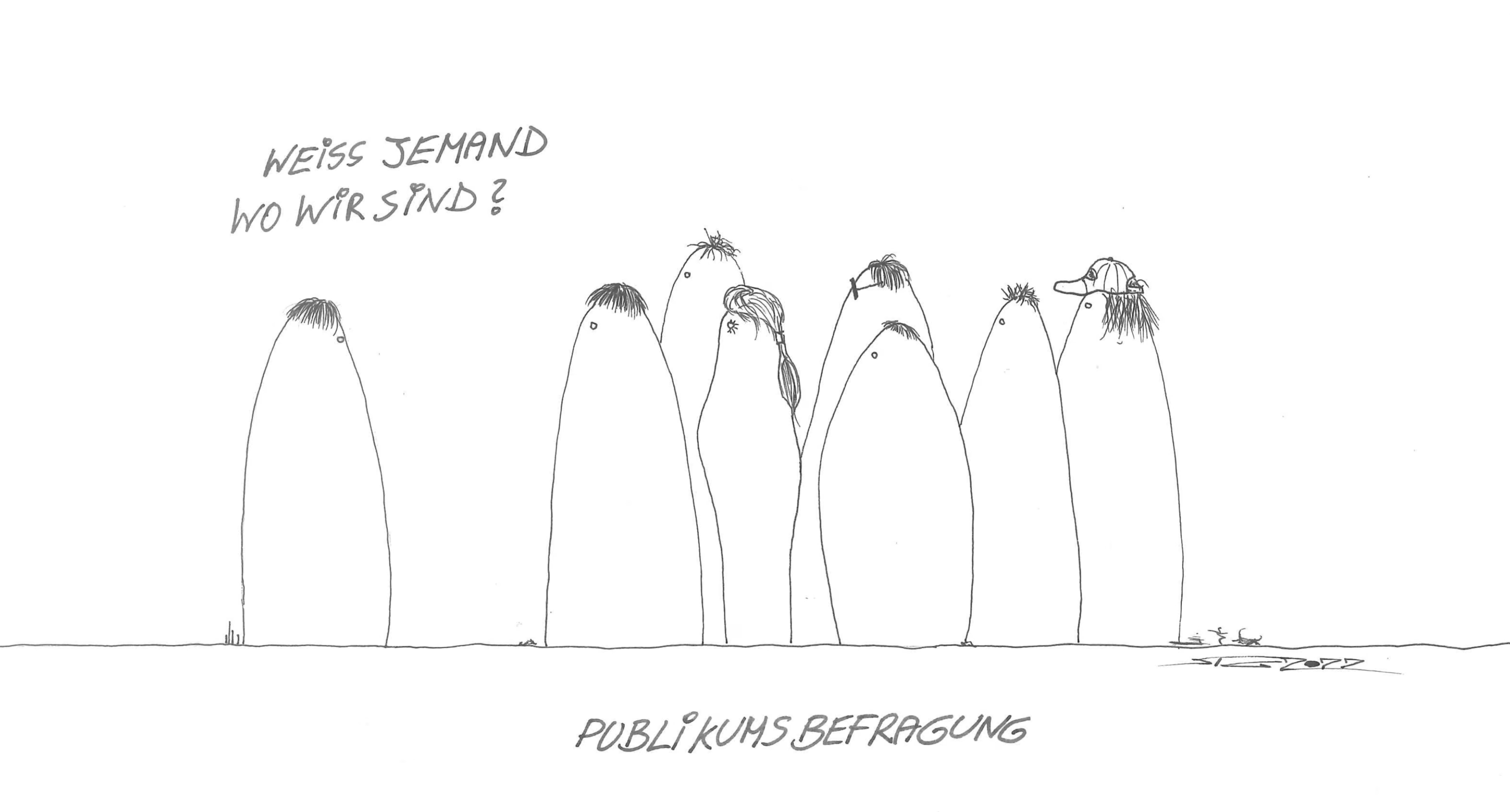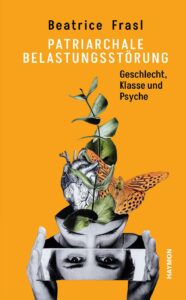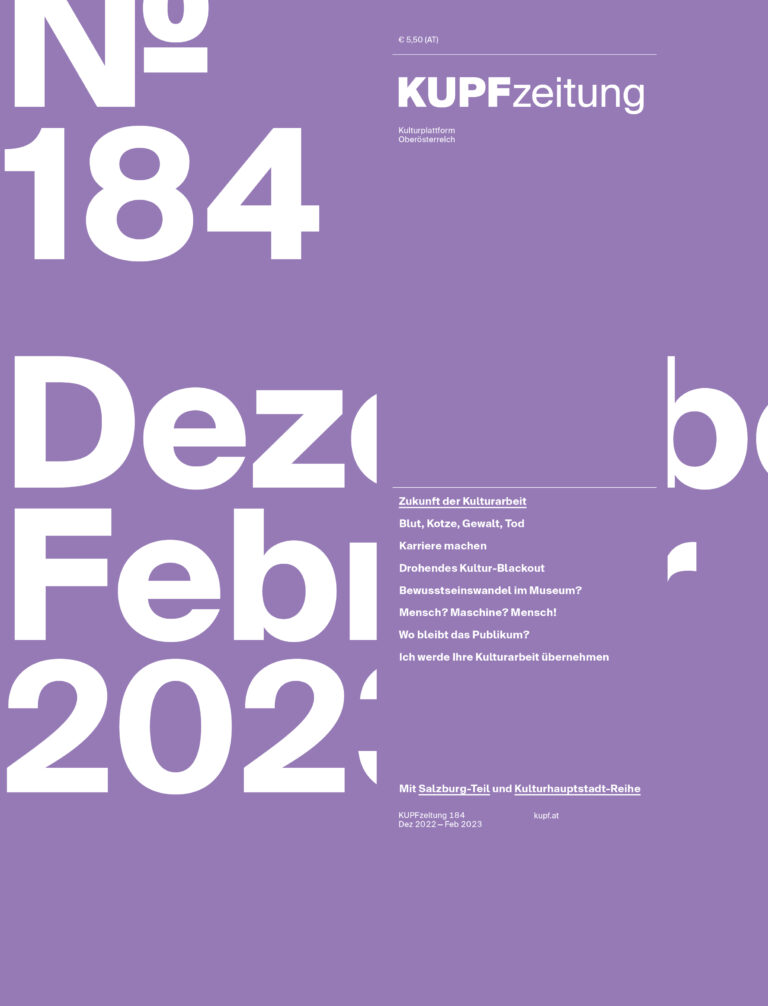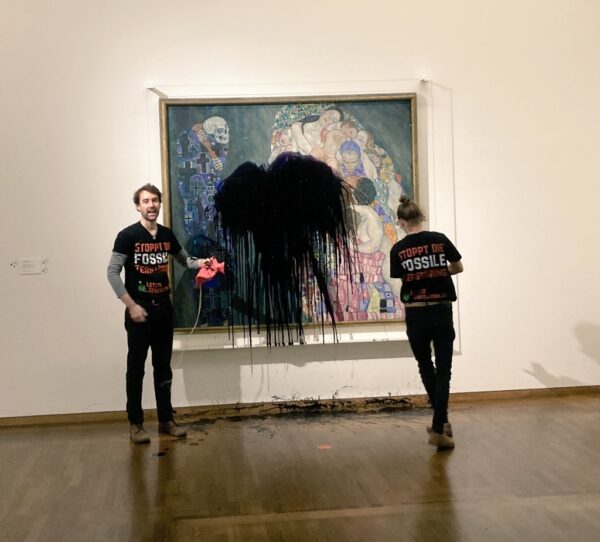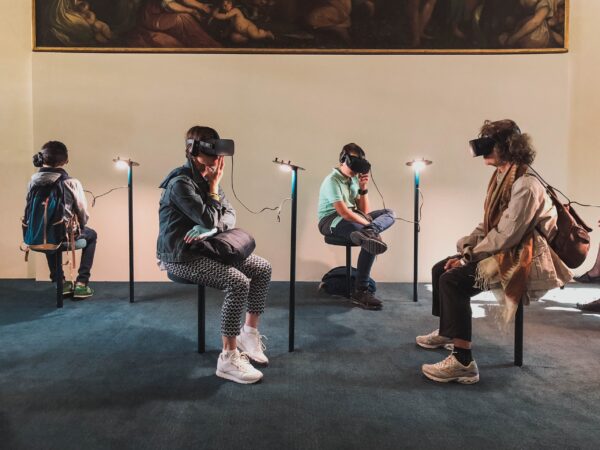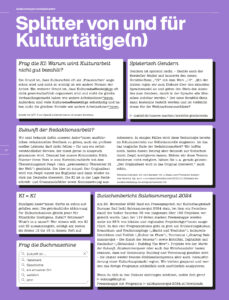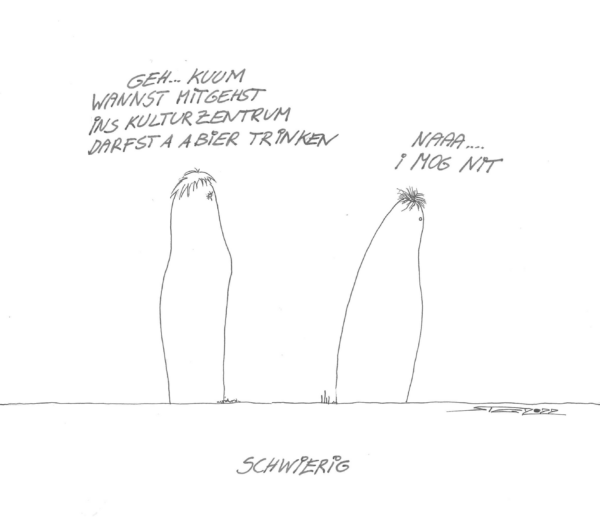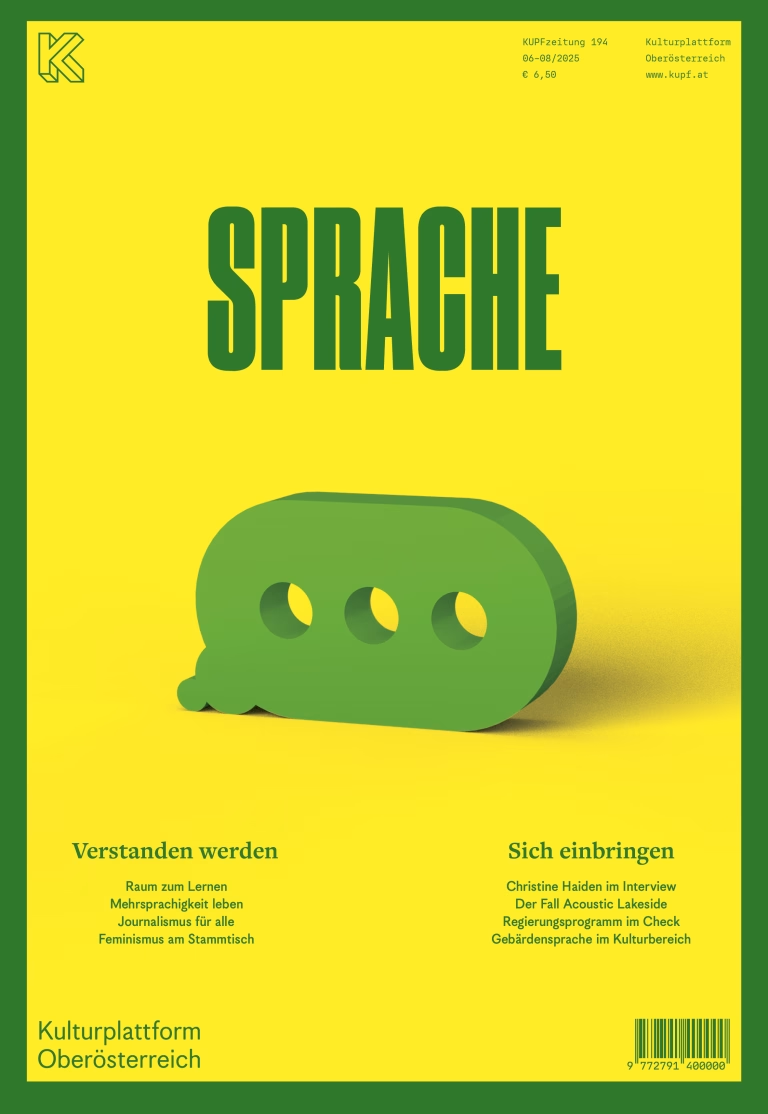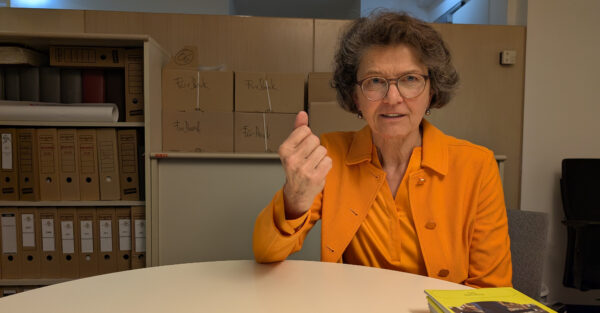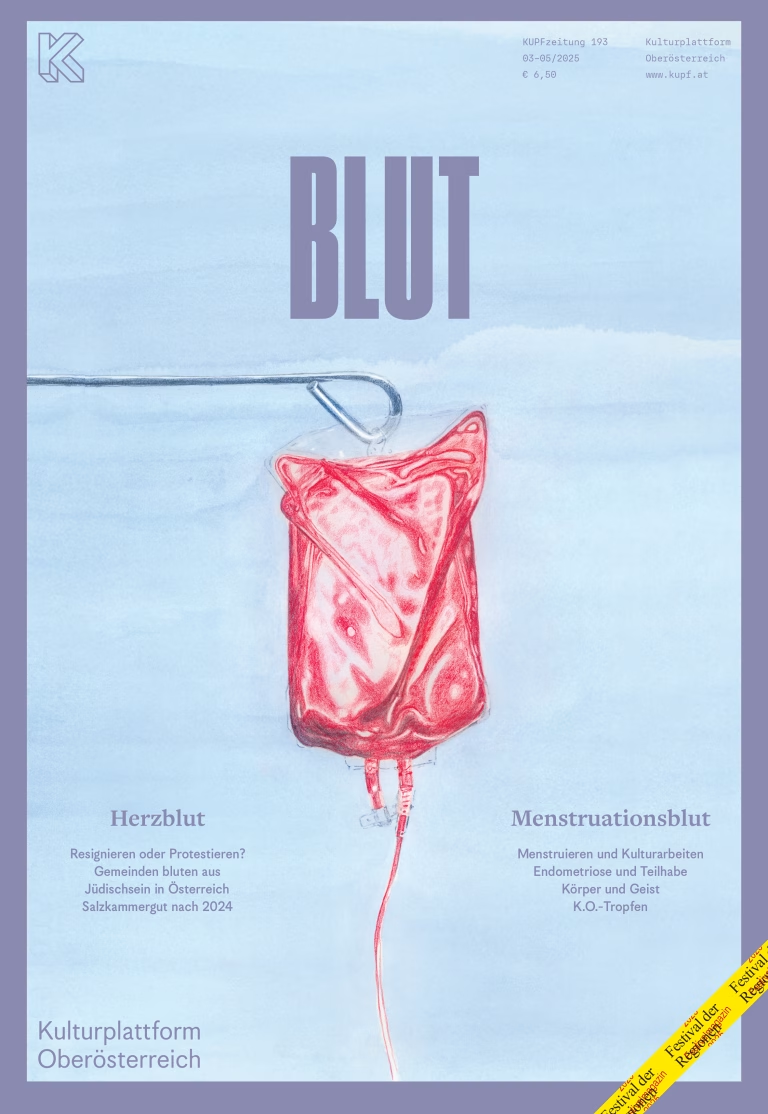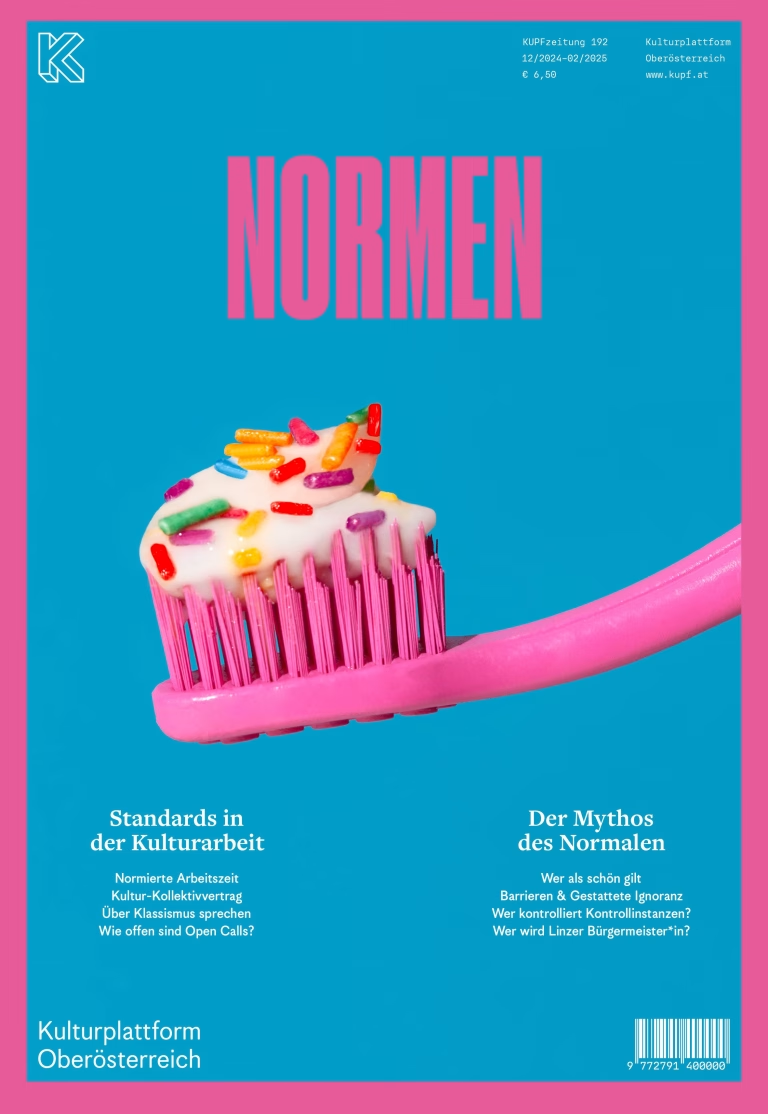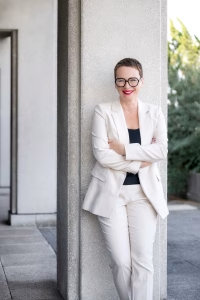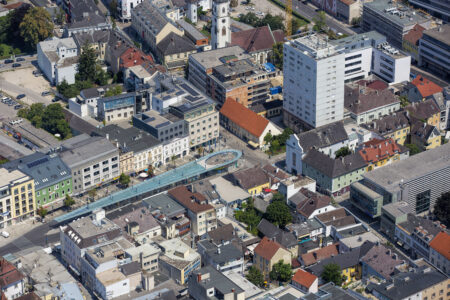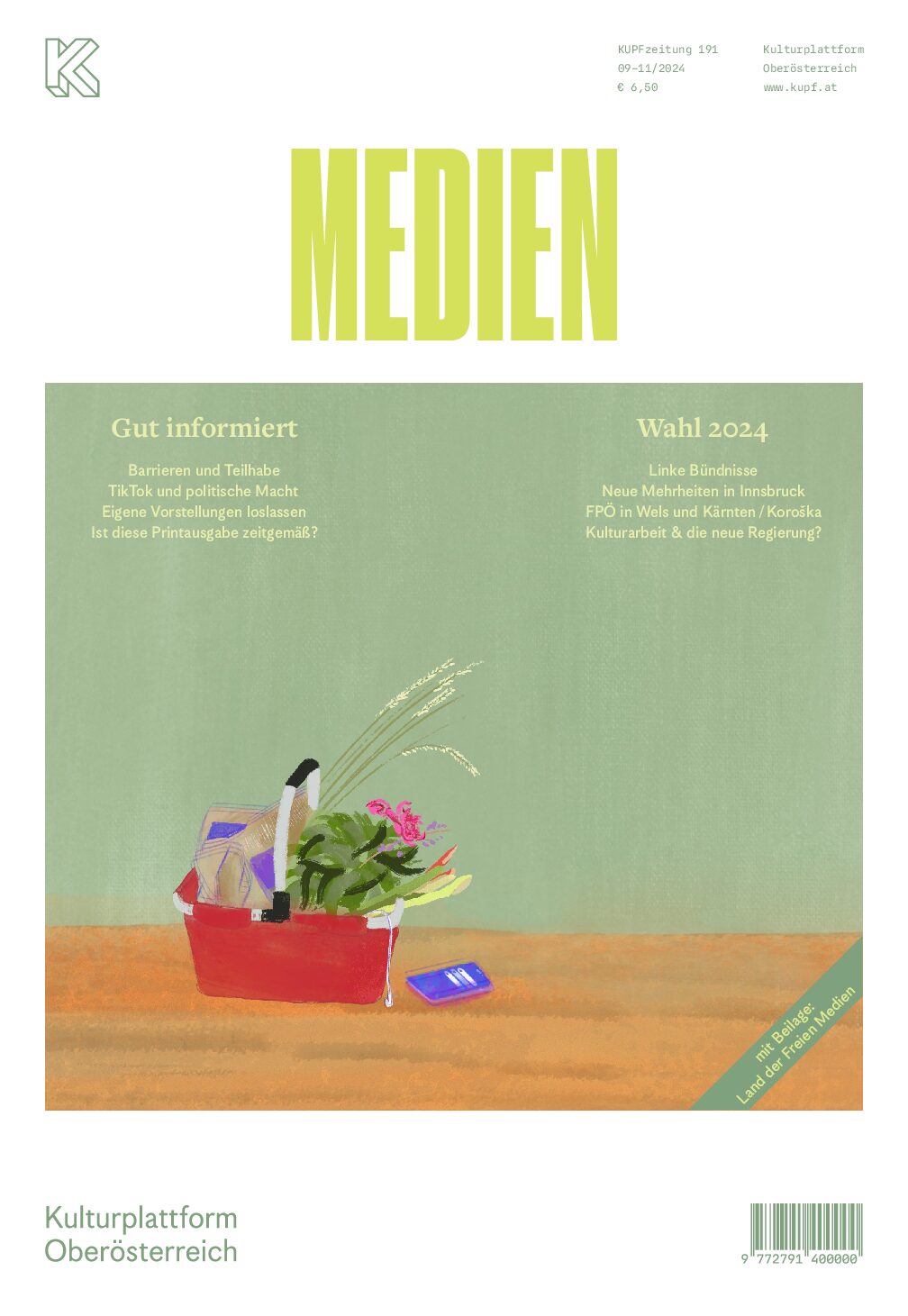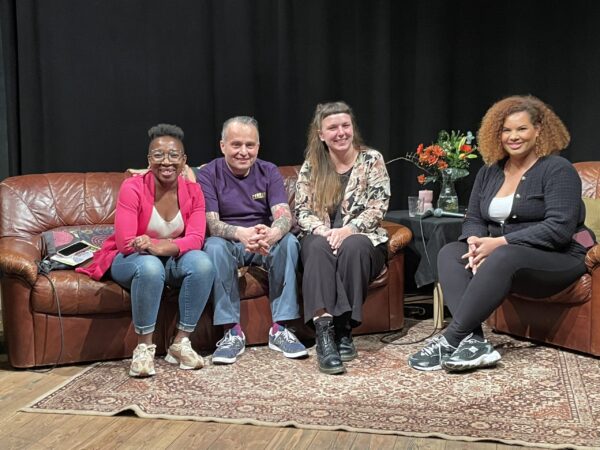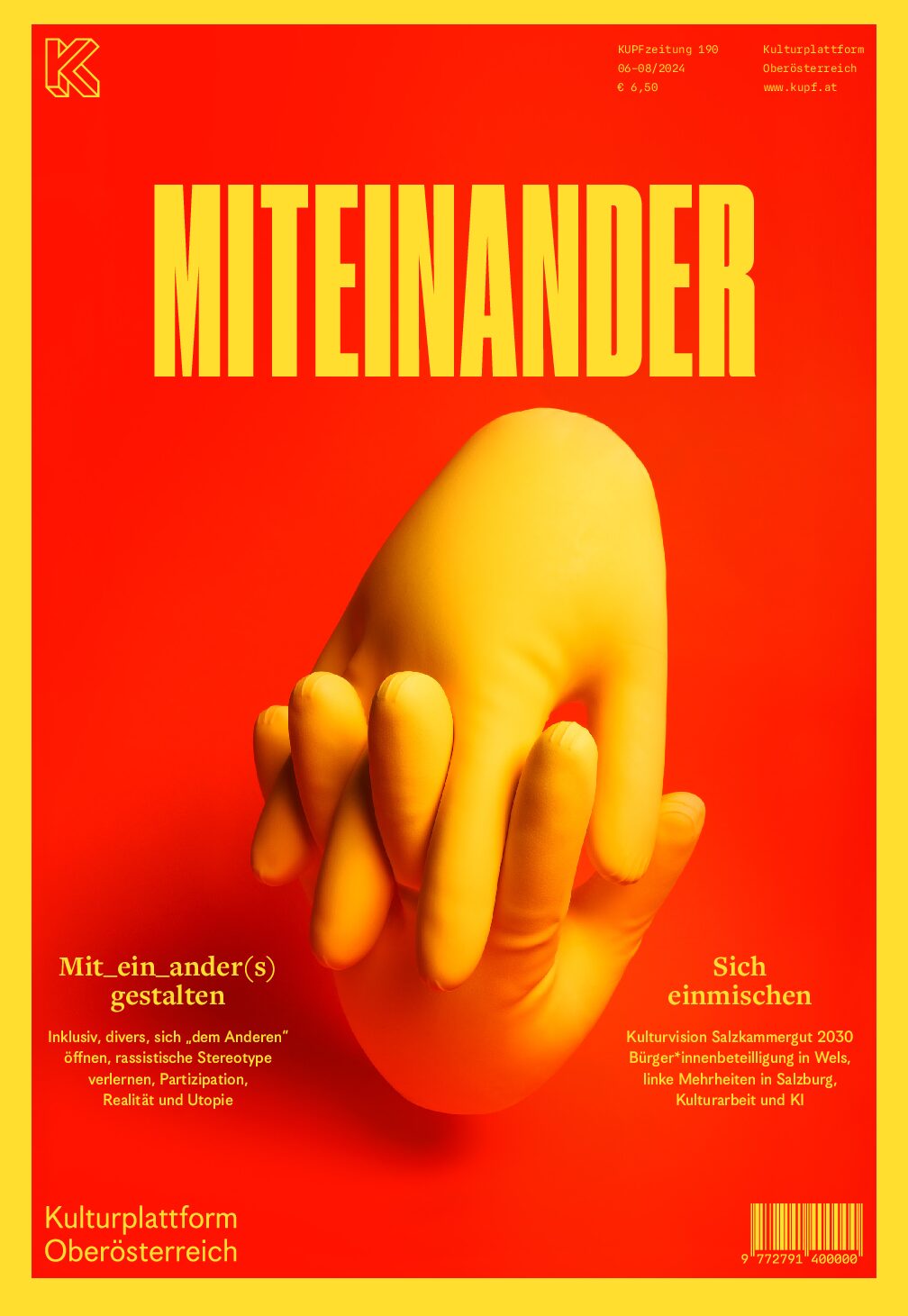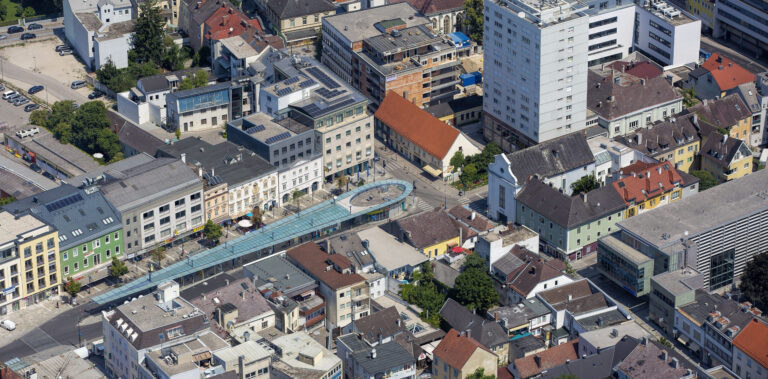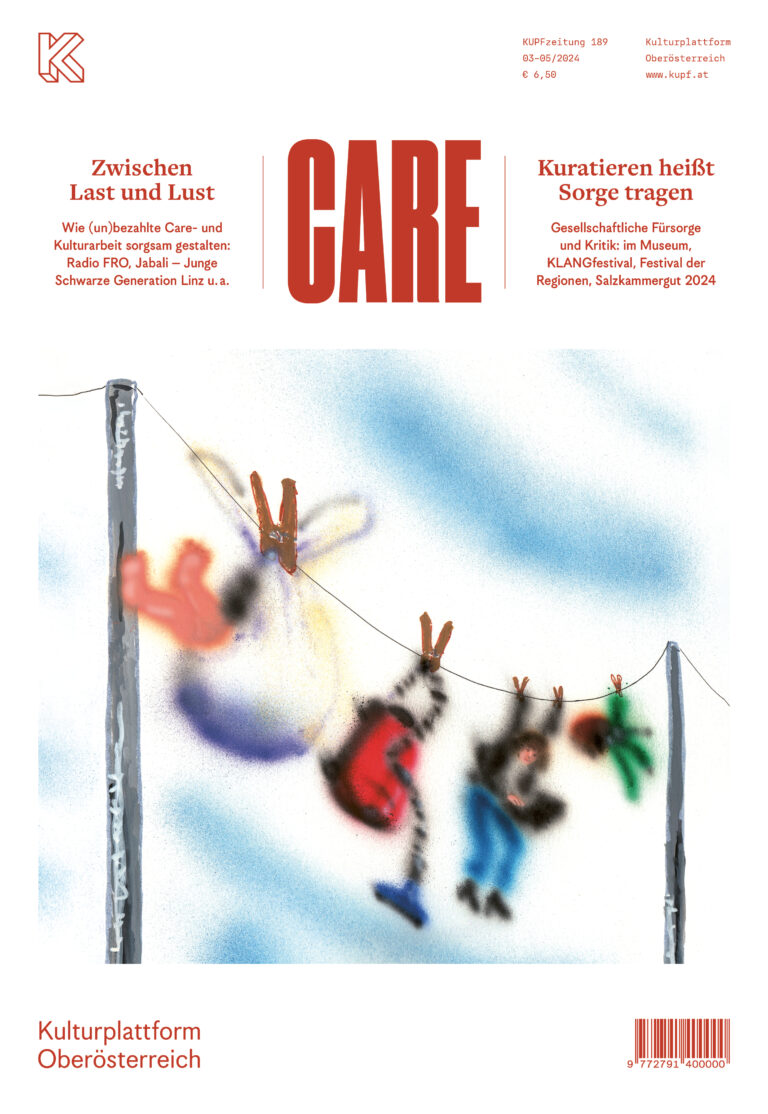Oliver Mantell of London audience research institute The Audience Agency on cultural audiences, COVID-19 and the cost of living.
Dies ist die englische und ungekürzte Originalversion des Artikels. Eine deutsche Übersetzung ist in der Printausgabe der KUPFzeitung #184 nachzulesen.
As Hamlet observed: “when sorrows come, they come not single spies, but in battalions”. That is certainly how it can feel in the arts and cultural sector, with the COVID-19 crisis being followed so quickly by the cost-of-living crisis. As such, at The Audience Agency we are finding that the research into cultural engagement and attitudes of the public, that we’ve been carrying out since the early parts of COVID-19 (the Cultural Participation Monitor), has quickly turned into a useful way to track the progress of this new challenge.
The Cultural Participation Monitor is an online panel survey to a representative sample of the UK population (including by region, age, gender and cultural engagement profile). It has been delivered in seven waves of research, with the first in October 2020 and the most recent in October 2022. Further waves are already planned. Throughout the pandemic, these large-scale surveys have shown us both the overall reaction of the population at different stages, but also given insights into the varying reaction of different groups within the population. The story they tell in the most recent wave is a striking one…
A Changing Story
Cultural organisations had been waiting so long to see audience numbers get back to their pre-COVID-19 levels, that what happened once they did feels especially cruel. For a brief period (and with huge levels of variation, as well as volatility compared to previous audience figures) aggregate levels of audiences closed in on previous levels in late spring to early summer. But soon after, the threatening storm-clouds of the cost-of-living crisis started to roll in. Rising fuel and labour costs, coupled with post-COVID-19 trade and supply chain challenges, as well as increases to the cost of borrowing (and hence mortgages) have created a cost-of-living challenge in the UK even greater than in many other European countries (as evidenced by the Financial Times’ Global Inflation tracker).
Attitudes to COVID-19
First, the good news. By this autumn fears surrounding COVID-19 have continued to soften, with half of people feeling ‚back to normal‘ and fewer than one in 10 expressing strong concern about catching the virus themselves. It’s true that there remains widespread lower level of concern (over half still worry about vulnerable friends and family, while support for certain safety precautions remains high). But this doesn’t seem to be an absolute barrier to engagement for many people. For example, recent arts, culture and heritage attendance has risen to an impressive 90% among respondents, with film and museums/heritage proving especially popular, particularly with families. Stated willingness to attend has also continued to recover, rising even further since Spring 2022, with 75% now saying they ‘are happy to attend’ or ‘would consider attending with reservations’ (52% in the former group alone).
But while willingness to attend continues to trend upwards however, people do anticipate that their future in-person participation will be less frequent than pre-pandemic (with outdoor events an exception). They also intend to engage with cultural activities more locally (and inexpensively) than before. This is likely to be in part due to reduced habits of engagement and disruption of various types of the ‘social context’ (e.g. availability or willingness of other people to attend with, changes to group habits). But in large part, it is because of the emergence of the cost-of-living crisis.
Cost of Living
The vast majority of respondents say that they are worried about the effects of the cost-of-living crisis on them and their household (86% ‘agree’ or ‘strongly agree’; with almost half — 46% — strongly agreeing). People also tell us that this will directly impact their cultural activities, with as many as 92% intending to scale back on entertainment spend outside of the home as a result, especially among mid-engaged, middle-aged and less urban groups. When we asked which of a range of areas people were expecting to cut back spending in, entertainment and leisure outside the home was in a small group of areas second only to ‘non-essential retail’ (or what we might call ‘shopping for fun’). This suggests that live events might expect to find it harder to get audiences to attend (with a greater emphasis on reduced frequency of attendance rather than spend-per-visit, respondents also indicated).
One particular concern is that the groups most affected by the cost-of-living (younger, urban, family and lower-income groups) were in many cases those whose levels of cultural activity had bounced back furthest since COVID-19. The new crisis seems particularly targeted at those whose attendance has proved most resilient following the previous one, maximising the total impact of the two challenges together.
As audiences tighten their belts, they also plan to reduce their general spend in venues‘ shops and cafés. The former looks to be harder hit than the latter. Nonetheless, we do see a willingness to pay slightly more for greener and more ethical alternatives, especially among younger and highly culturally engaged visitors, even those with relatively lower incomes.
The Implications
Cultural organisations in the UK look set to continue to have a challenging time over the coming months, with different types of potential audiences affected by one, the other, or both of COVID-19 and the cost-of-living crisis. An overall greater reluctance to attend cultural events, coupled with a loss of habit of attending in many cases, means that it is harder to achieve sustainable audience levels. We will, of course, continue to track these trends closely in future waves of the Cultural Participation Monitor, looking especially for which groups are most likely to engage in greater numbers. In the meantime, cultural organisations will need to closely track their own audiences’ behaviour, and target events ever more intently (including programming, formats and communications) to specific groups.
Mit einem Comic von Stephan Gasser.


